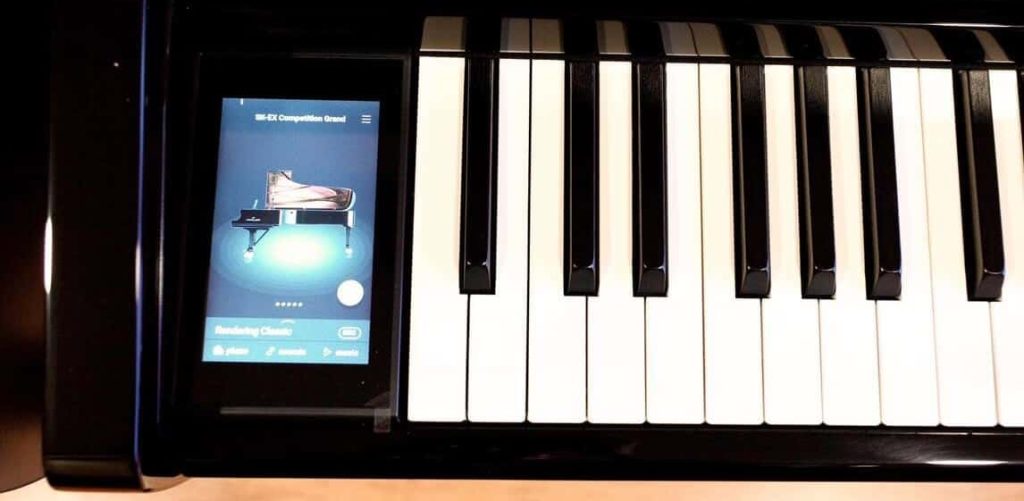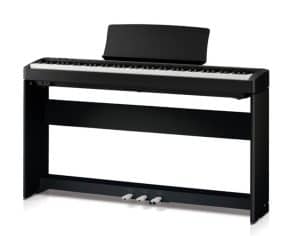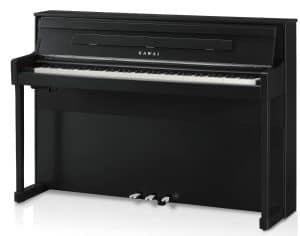
Thinking of buying a digital piano? Digital pianos have become increasingly popular for both beginners and seasoned musicians. They offer a blend of authentic sounds and advanced features to provide a versatile playing experience. However, with the wide range of options available, finding the best digital piano for your needs can be difficult. In this guide, we’ll walk you through the factors to consider when buying a digital piano.
Your Experience and Skill Level
Before delving into the technical aspects, identify the purpose of your digital piano. Are you a beginner looking to learn the basics, an intermediate player seeking to refine your skills, or an advanced musician requiring professional features? Understanding your skill level and intended use will help narrow down your options depending on what features you need.
Sound Quality
Sound quality is the most crucial component of any piano. Digital pianos have the advantage of having a sound library which allows for the selection of various sounds. This library can include sound samples of electric & acoustic pianos, strings, harpsichords and more. Make sure the digital piano has the sounds you require and that sound samples are high quality.
The piano’s speakers serve as the main source of sound output you will use when playing. It’s important to check the quality of the in-built speakers to ensure they are loud enough for your requirements. Most digital pianos also offer other audio outputs so the piano can connect to headphones or other external speakers.
MIDI Connectivity & Audio Outputs
Consider the connectivity options the digital piano offers. USB, MIDI, and audio outputs can be essential for connecting to computers, tablets, or external recording devices. Ensure the piano is compatible with software and apps you may want to use for learning or music production. Some digital pianos also offer MIDI integrated with Bluetooth for wireless device connectivity.
Portability
Most digital pianos are designed to either emulate the build of a traditional piano or be easily portable. If you’re planning on playing gigs with your digital piano, it’s best to choose one of the more lightweight options so it can be transported to each venue. If you instead want a piano for your home studio or practice, a cabinet-style digital piano may suit you better.


Polyphony
Polyphony refers to the number of notes a digital piano can produce simultaneously. For more complex pieces, a higher polyphony count is essential to prevent notes from cutting off. You shouldn’t need a piano with more than 64-note polyphony however, more advanced digital pianos go even higher.
Additional Features
The additional features of a digital piano can enhance your playing experience. Some pianos have recording capabilities, built-in metronomes and reverb effects. A beginner may prefer a digital piano that has pre-installed songs to help with practice. Some digital pianos also offer a four-hands mode which splits the piano into two for side-by-side lessons.
Looking to buy a Digital Piano?
Choosing the best digital piano requires careful consideration of your playing needs and preferences. By understanding the essential features and factors outlined in this guide, you can make an informed decision that aligns with your musical aspirations. Snadens Pianos offers a range of Kawai digital pianos. Visit our showroom in Nedlands to try these pianos out yourself. We can help you find the best digital piano to suit your needs.
For more tips to help you find the right piano, read our blog on What to Look for When Buying a Piano.

